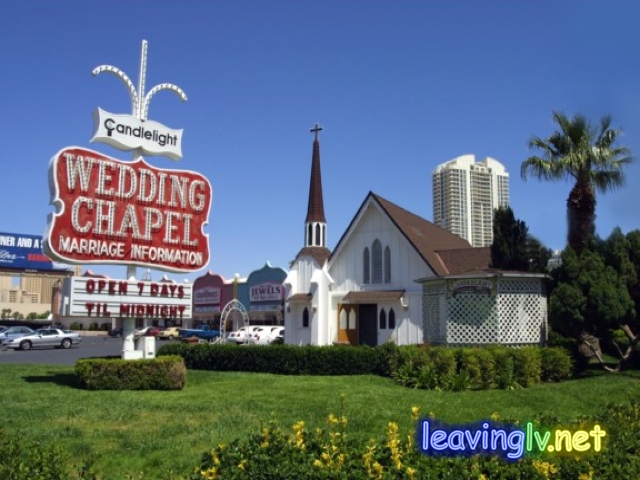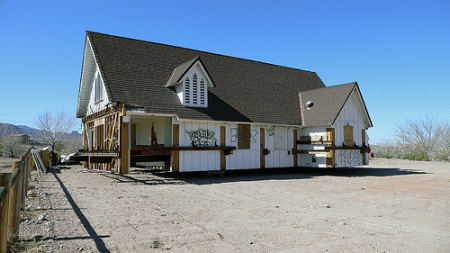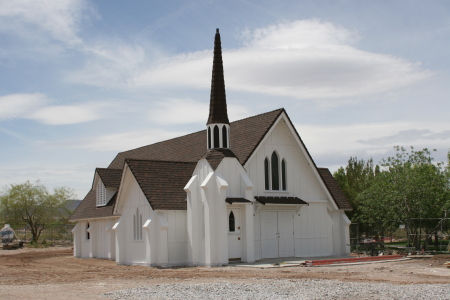There was a time that comedy on the Las Vegas Strip was mainly a boy's club.
But in the 1960s a group of funny ladies took the town by storm and proved once and for all that comedy wasn't just a guy thing. Comediennes Totie Fields, Nancy Austin and Rusty Warren all had tons of talent and their show dates filled the showrooms and the lounges from one end of the Strip to the other.
Nothing could keep these ladies down. Totie Fields and Nancy Austin both passed away years ago but Rusty Warren (yes, she of the best selling comedy album "Knockers Up" ) is still with us.

From the R-J:
The "Golden Age of Las Vegas" embraced the late 1950s and '60s, filling it with gaudy lights, excitement, entertainment, booze, broads, and a sexual electricity and sense of danger that will never be repeated.
The Las Vegas Strip was "owned" by Frank Sinatra and the Rat Pack -- Dean Martin, Sammy Davis Jr., Joey Bishop and Peter Lawford -- who ruled the night life. The culture as a whole was changing, too, in ways that benefited Las Vegas. Nowhere was that more evident than in the increased sexual liberation of men and women. Few people could appreciate the transformation as much as Rusty Warren, the flame-red-haired, stand-up comedienne whose early career spanned an age when sex was barely spoken about in polite society. Known primarily for her party records, it seems Rusty Warren and Las Vegas were made for each other. "I was always on the fringe," Warren told me earlier this year. "I was called 'blue' in those days, because I was just thinking about sex." She appeared at the Dunes in 1965. "That was the first one when I came to Las Vegas, and that was a one-shot," she recalled. And the town welcomed her with open arms. "There were usually three acts," Warren explained. "And I would come on at, like 10, 12 and 2. And then someone else would come on at 11, 1 and 3. That was usually a male band group or something. "And then when I worked at the Sahara we were on our own time frame. I didn't have an opening act. It was just me. And we were only allowed 50 minutes so that the people could go out and gamble." Warren broke house records at the Aladdin, and she became the "in" performer for sophisticated couples and swingers alike to see. "Sex is funny to both sexes," Warren said. "Like on the woman's side -- like Phyllis (Diller) is doing or saying stuff about her husband and in her costumes. Funny lady. Joan (Rivers) is doing the bitch stuff. ... It's her character and she's still doing it, you know. "Jerry Blaine said I was like Mrs. America, the backyard barbecue, the life of the party. That's what was selling my records. And it sold in stores, not under the table. (Seven of her dozen or so albums went gold.) They would play my records at backyard barbecues to break the ice." Warren was born Ilene Goldman in New York City on March 17, 1931, and was adopted by a couple living in Milton, Mass. When she was 19, she appeared at the annual Tanglewood Music Festival under the direction of the legendary conductor Arthur Fiedler, who conducted the Boston Pops Orchestra. She graduated from the New England Conservatory of Music in 1952 and worked there briefly. "I was an assistant, an intern. I taught piano at home. But it wasn't a career for me. I wanted so much more excitement in my life. "I didn't think my life was going to be show business," Warren added. "But because I loved music, my piano, and I did all my stuff -- and it was funny. I was a nice Jewish girl and I was going to meet a nice guy and get married. You know, Friday night dinners with the rabbi, and Sundays or whatever, all kinds of stuff. But in those days the war and things were rough." One of the guys she knew suggested she play the piano at a local lounge. "It's fun. It would be a weekend thing, you know," she continued. "But one summer I sort of liked it. I had a chance to be myself instead of playing the classics." Throughout the 1950s, Warren honed her craft in little burgs in New England, and later in such cities as Cleveland, Cincinnati, Akron and Columbus, Ohio, all the while dutifully sending her mother her notices and advertisements to paste in her scrapbooks. "In 1958, I made my first tape," Warren said. "I was on my way to Hollywood to be a star. My manager was Stan Zucker for many years. He ran my whole career. He enjoyed what he saw and took me under his wing." After moving to California, she heard from Zucker about a good job offer in Phoenix. "So I got in my little car and drove there. I think I made $250 a week, and one night off. And it was a little place called The Pomp Room." After six months, she continued packing the house. It was at The Pomp Room that her first LP, "Songs for Sinners," was recorded in 1959 for Jubilee Records. I asked her if she ever used four-letter words in her act. "No! Of course not," she replied. "But I got mixed in with the two ladies that did: Belle Barth and Pearl Williams. Their jokes were raunchy. Belle was a friend of mine. She was a dear lady to me. She would say to an agent: 'Would you book her? She's funny!' You know, she would really get on his case." Strongly influenced by the likes of Ruth Wallis and Sophie Tucker, whom Warren preferred to be compared to, she soon developed a large and loyal following. "Sophie was titillating," Warren said. "And I felt I was titillating, because if you saw my pictures (from her Web site or off the LPs) I could always look as lovely as I could be, because I have a rough New York accent, mainly New England. But I didn't talk rough, I never did. I always talked like fun, like you're having a party with me, and I'm being funny." During her time at The Pomp Room, Warren met her idol Tucker at a Sunday brunch. "I was doing 'Life Begins at 40' in my act," Warren told me. "And don't forget I was 20-something at this stage in 1955. ... I met Sophie Tucker that Sunday, and she told me: 'You've got to be honest to your audience. Don't lie to them. They'll see right through you.' She was trying to tell me that I'm in my 20s singing 'Life Begins at 40,' which was one of her numbers because she was up there, probably 40 or 50 at that time, you know. So I mean, I really remembered a lot of things." In 1959, Warren developed her famous "Knockers Up" routine where she called for women to lose their sexual inhibitions. By the time she appeared in Las Vegas, Warren had become known as "The Knockers Up Gal" and the "Mother of the Sexual Revolution," her most famous contribution to the movement being her song "Bounce Your Boobies." She exposed sex through comedy from a woman's perspective. When the "Knockers Up" album was released in 1960, by word of mouth its sales soared into the millions, reaching the Top 10 and remaining on the charts for three years. It won awards from the National Association of Record Merchandisers. Warren also was known as the "Queen of the Party Records." In 1961, her follow-up LPs, "Sin-Sational" and "Rusty Warren Bounces Back," hit the Top 40, and her cult following began to develop. Her breaks compounded in the early 1960s when she began appearing in popular clubs in the Los Angeles area, such as Gene Norman's Crescendo Club in 1963 with the Ink Spots, Anaheim's Chariot Room, and The Bahama Inn in Pasadena. She was then called "The Darling of the Double Entendre." (Crescendo's Web site still sells her CDs.) Her career in Las Vegas continued when Warren opened at Milton Prell's Aladdin July 23, 1966. Her latest LP, "Rusty Rides Again," had just been released and the hotel did turn-away business. Over the next couple of years she appeared at the Aladdin frequently, with Godfrey Cambridge, Jimmy Makulis and Jackie Gayle at various times appearing on the opening bill. And by 1968, and throughout the 1970s, Warren played at the Flamingo, with such opening acts as The Treniers, The Raiders, Wayne Cochran and Judy Lynn. Warren is philosophical about her career on the Strip. "Las Vegas was like family," she recalled fondly. "Whether we were lounge or the big acts, the big acts were just as nice to us as we were thrilled to be in their company. We couldn't buy a drink. The hotel was run by 'the guys.' Like Milton Prell when I broke the house record -- they didn't know what to do for me. They bought my piano guy a TV. And for me they bought me the most gorgeous solid gold purse with 'RUSTY WARREN' on it written out in diamonds and emeralds. When I retired I gave it to my jewelers, and they made me a ring out of it." Now living comfortably in Hawaii with her golden retriever Buddy, Warren told me: "Right now they're putting together a musical about me called 'The Life of the Party -- The Story of Rusty Warren,' taking every word I ever spoke on the albums. "I did the Rusty character," she added. "That's what worked for me. In Las Vegas my audiences came to see me from Ohio and Illinois and Michigan. They rooted for me the whole time. They knew what they were getting. And at that time I was the star. ... I remember keeping my diamonds in the light to reflect." Shine on, Rusty, shine on!




